Published in the Sunday Navbharat Times on 06 October, 2024
I stood before the magnificent statue of Devi Ahilya Bai Holkar, towering over the Narmada Ghat. The inscription read, “1727 to 1795.” My heart filled with admiration and respect for this remarkable woman, who had achieved so much for her kingdom. As an astute ruler and visionary, she shaped the architecture of Indore, built roads, and constructed the magnificent ghats along the Narmada River—an impressive feat, even by today's standards. This inspiring woman made it all happen back in the 18th century.
Indore offers a fascinating glimpse into the glorious history of the Holkars, a Maratha dynasty that ruled much of central India in the 1700s and 1800s. It also serves as an excellent base for exploring nearby gems like Ujjain, Mandu, Omkareshwar, and Maheshwar, not to mention the cultural treasures within Indore itself. Plus, it's a great place for a family food trail, as we soon discovered.
This past weekend, all four of us—Veena, Sudhir, Neil, and I—set off for a short break to Indore and Maheshwar. Joining us were Heta, Neil’s wife, their lovely five-month-old daughter Raya, my daughter Sara, and my mother. Traveling with a multigenerational family can be challenging, as it’s hard to please everyone with different interests, so we left the planning to the experts. Our customized holidays division curated an itinerary that blended activities for all, offering what I like to call “We time” and “Me time.”
Our holiday began with a serene boat ride on the Narmada River. We visited the Baleshwar Temple, located on an island considered the "center of the universe" according to local beliefs. Stepping off the boat and onto the temple’s grounds, we performed a traditional pradakshina (circumambulation) while admiring the river’s majestic banks. The temple is a tranquil spot, and from the water, the ghat and fort appear even more magnificent. Every evening, there is a Narmada Aarti at the ghats, a spiritual spectacle that lights up the river.
The next morning, Veena, Sudhir, and my mother headed to Omkareshwar, one of the 12 Jyotirlingas, while Neil, Heta, little Raya, and I stayed behind in Indore. We decided to explore the ghats again—there’s something so calming about these ancient steps leading to the river. Having visited the famous ghats of Varanasi, I was excited to check the Narmada off my list, but not without savoring the moment. I promised myself I’d return in the colder months, when I could sit on the ghats and let time slow down.
The temple by the ghats, known for its intricate carvings, often serves as a backdrop for pre-wedding photo shoots. At Veena World, we frequently receive requests for photo shoots in exotic locales like Dubai or Paris, but standing there, admiring the architecture, I couldn’t help but think of how many beautiful photo spots exist right here in India. A local photographer approached us for pictures, and though my initial reaction was to decline, Neil suggested we give it a try—locals always know the best spots. He was right! The photographer captured stunning shots of us, and it turned into a fun, memorable experience.
Later that day, after meeting up with the others, we took a tour of Maheshwar’s famous handlooms. Maheshwar is renowned for its Maheshwari sarees and fabrics, known for their delicate weaving and vibrant patterns. At Rehwa, a weaving cooperative, we saw firsthand how local artisans are keeping centuries-old traditions alive. Watching the intricate process—from dyeing the yarn to setting up the looms—gave us a deep appreciation for the effort that goes into every fabric we wear. Of course, we couldn’t leave without buying a few sarees and dupattas, each with a tag identifying the artisan who wove it.
Our journey through Indore truly kicked off with a feast at Chhappan Dukaan, a street food hub with 56 shops (hence the name). Even as the rain began to pour, our spirits remained high. We started with kachoris and pattices, slathered in tangy chutneys, followed by the much-loved Johnny Hot Dogs, a local favorite for non-veg lovers. From dabeli to corn chaat, and even a kulhad pizza—a unique dish served in a clay cup with all the flavors of pizza packed into every bite—there was something for everyone. By the time we left, our stomachs were full, and we were utterly satisfied.
We worked off our meal with a stroll through the Lalbagh Palace. Lalbagh Palace, built by the Holkar dynasty in the late 19th and early 20th centuries, is one of the grandest royal residences in India. The palace’s design is heavily influenced by European architecture, with ornate interiors, marble columns, chandeliers, and frescoed ceilings. It also features sprawling gardens, once home to beautiful red roses, after which the palace is named. One unique aspect is the ballroom's floor, constructed with iron springs beneath, giving dancers a “spring” in their step. The palace reflects the Holkars’ regal lifestyle and offers a glimpse into their opulent past.
Our next stop was Rajwada Palace is an iconic seven-story structure in the heart of Indore, blending Maratha, Mughal, and French architectural styles. Built over 200 years ago by the Holkars, it served as their royal residence and administrative headquarters. The palace is divided into two parts: a stone structure and a wooden upper portion. The palace has seen multiple restorations due to fire damage but remains a symbol of Indore’s rich history. Nearby, you’ll find the Holkar Chhatris (cenotaphs), which are memorials to the Holkar rulers. Rajwada continues to be a focal point of cultural and historical significance in Indore.
In the evening, we headed to Sarafa Bazaar, a jewelry market that transforms into a bustling street food market after dark. This clever setup was designed by the jewelers to ensure the area stays lively and secure even at night. Our first stop was Joshi Vadawala, where I used all my charm to snag the last dish of the evening. Sarafa Bazaar is a food lover’s paradise, offering delights like garadu chaat, bhutte ka kees, tandoor items, malpua, and jalebi with rabdi. My personal favorite was the refreshing jamun shots—shot glasses filled with tangy jamun juice. Sarafa Bazaar comes alive at 10 p.m. and runs until 3 a.m., making it the perfect spot for a late-night feast.
Throughout the trip, my daughter Sara shared a room with her cousin Neil, happily embracing her new role as aunt to little Raya. Holidays like these give us the chance to put our busy schedule in hold and spend precious time with each other. We all took turns looking after the baby, and Raya loved the songs and stories everyone shared with her. If you’re considering a holiday with an infant, don’t hesitate—it’s much easier than it seems, and family bonding on trips like these is invaluable.
Indore truly stole our hearts. Known as the cleanest city in India, it offered the perfect break from our routine and, more importantly, a memorable family bonding experience. After four glorious days, we headed to the airport, with Sara making sure everyone had completed their DigiYatra formalities. As she explained the convenience of India’s new digital systems to her grandmother, I couldn’t help but think this was the picture of a quintessential Indian family holiday: tech-savvy youth and knowledgeable elders, each learning from and caring for the other.
So, pack your bags, gather your family, and set off on your next adventure—there’s no better time than now for a memorable family holiday!










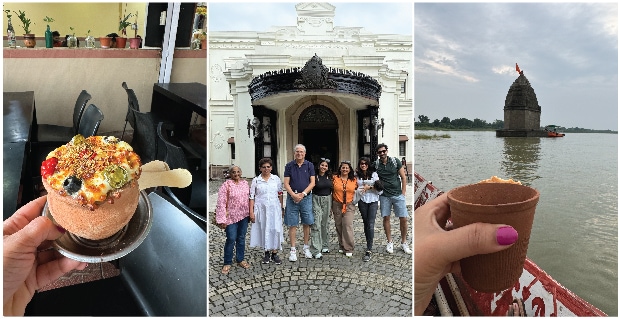
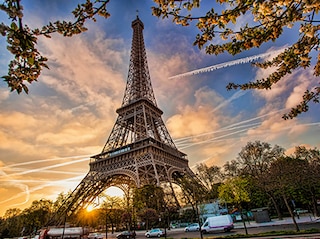
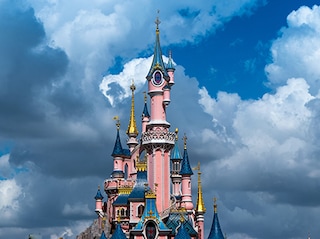

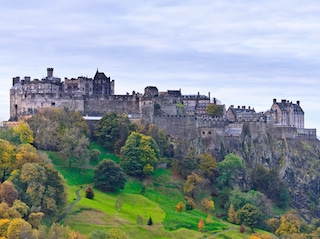



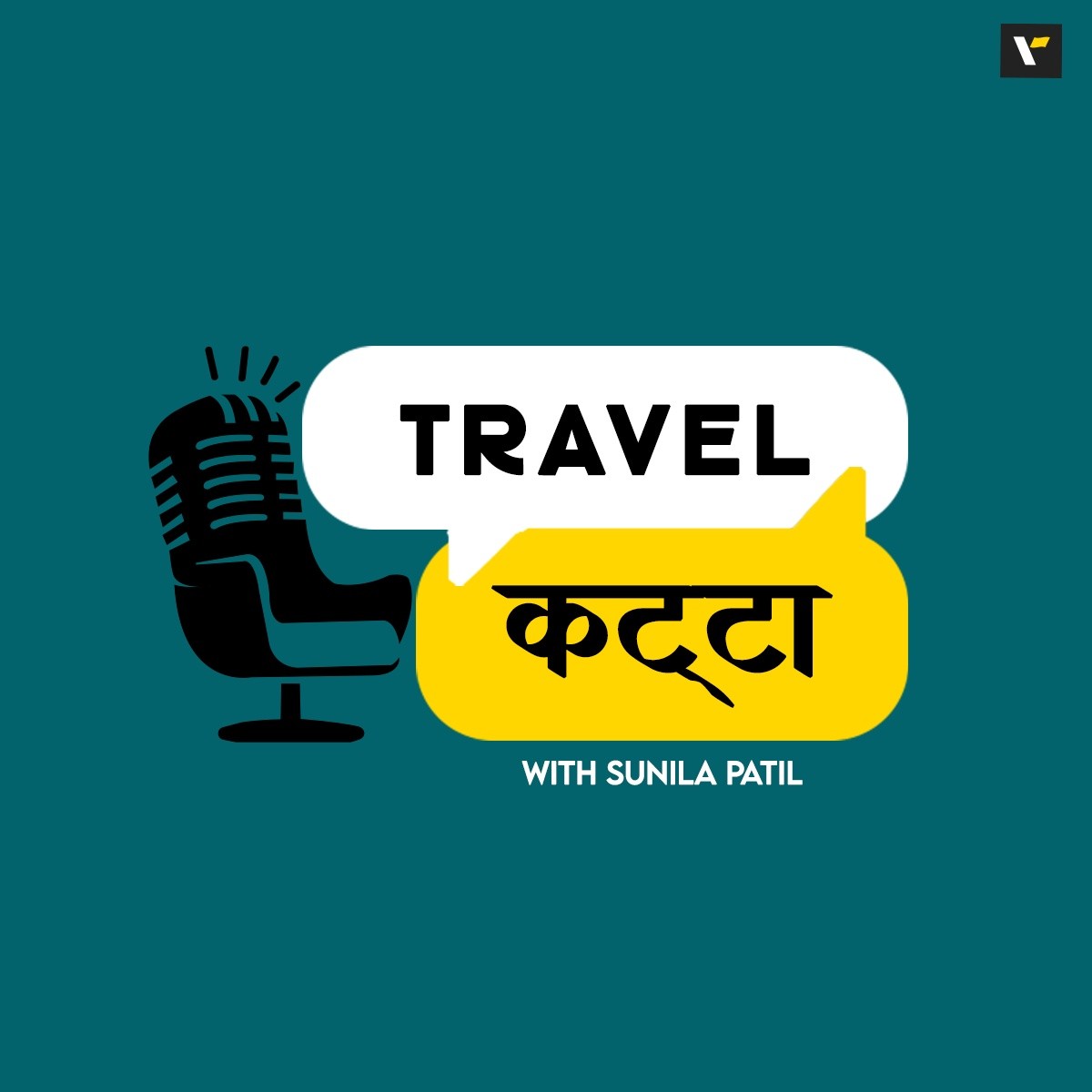
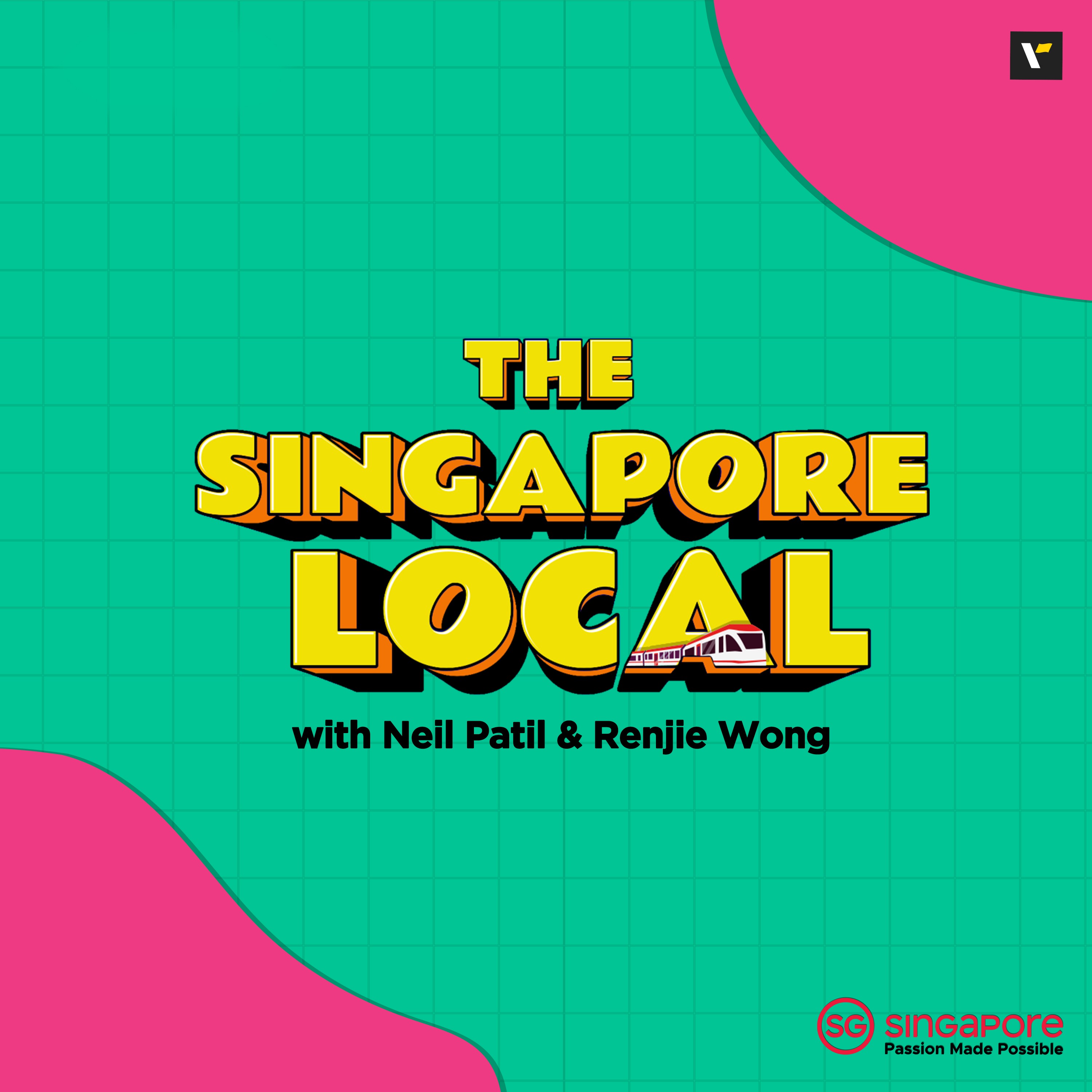











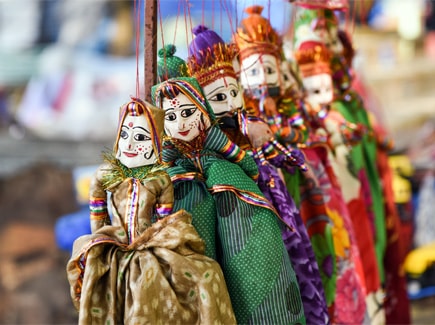


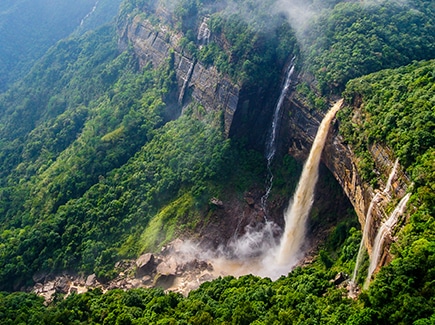
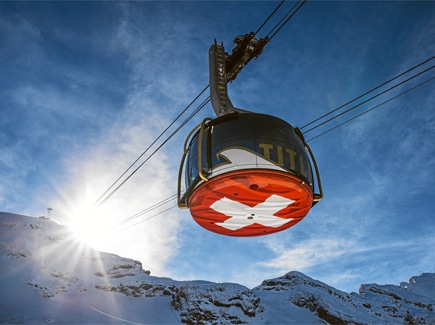

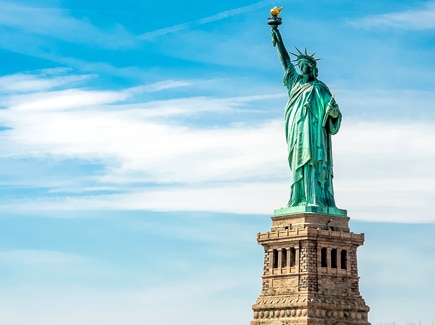
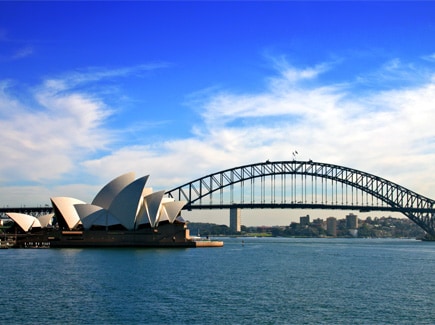


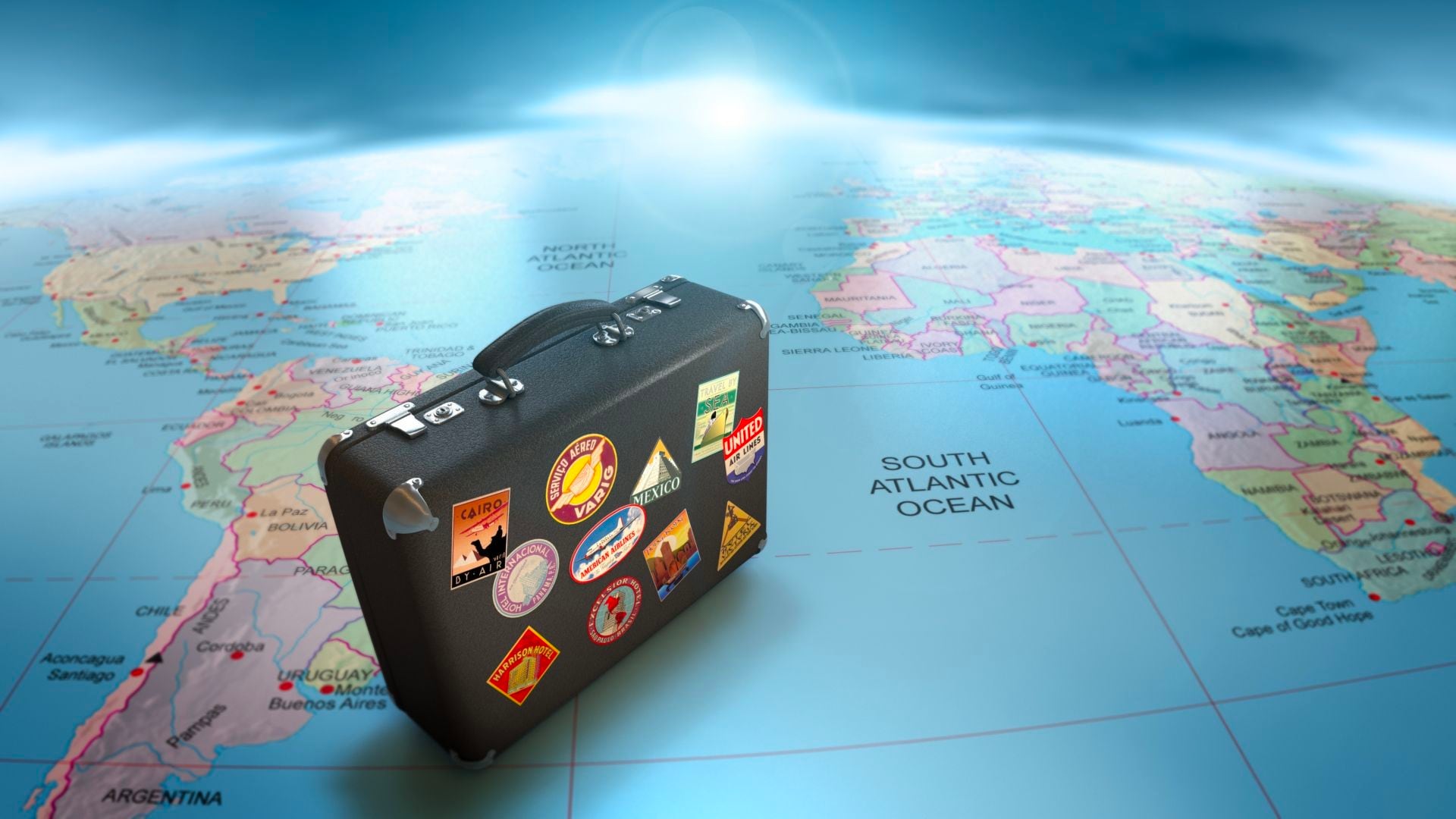

Post your Comment
Please let us know your thoughts on this story by leaving a comment.